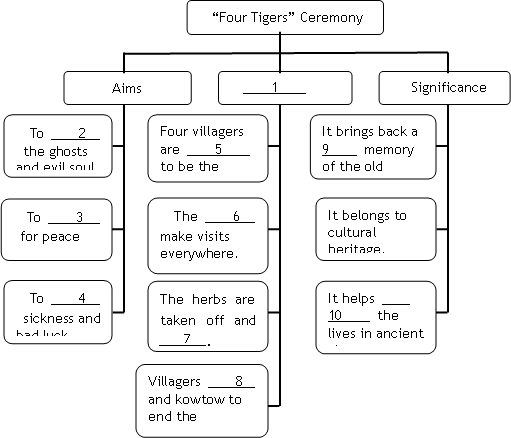题目内容

Qinghai Red Cross Society Takes Active Part in Disaster Relief(救灾).The natural conditions in Qinghai are harsh(粗糙的),and its medicine and hygiene(健康)are backward.Therefore, the tasks faced by the local Red Cross workers are kind and warmhearted.In 1988, Nima was elected vice president of the Red Cross Qinghai Branch, and has instilled(慢慢的灌输)great vitality(活力)into this organization.

Nima is Tibetan(西藏人).She loves her hometown very much, and has always sincerely wanted to do something for victims, both in her hometown and elsewhere, of natural calamities(灾难).She is therefore devoted(投入)to her work at the Red Cross, and says that the Red Cross is a lofty(高高的)undertaking to which she will devote her whole life.Nima always takes the lead in donating(捐献)money and goods during disaster relief(慰问)activities.She once told her fellow Red Cross workers, “It does not seem much if you only donate one brick.But if everyone donates a brick, we can put up a wall.The purpose of the Red Cross is to pool the power of the general public to help the relatively few who are suffering.”By working hard herself, she inspires the Red Cross workers around her with her self-sacrificing(自我牺牲)spirit.“Since Nima came, people have began to realize the importance of the organization.She puts a sense of mission into people’s hearts, ”said Li Yuning, the deputy(代表)secretary-general of Qinghai Red Cross Branch.
Inside tents in remote(遥远的)pastoral areas, Red Cross members work tirelessly, giving treatment to herdsmen who have been hurt in natural disasters.
Lying in a remote and economically backward(经济落后)area, Qinghai Province itself is badly in need of aid.However, in the knowledge that people in other places hit by natural calamities(大灾难)have a greater need, the people of Qinghai do not hesitate to give their help.In recent years, the local people organized by the Red Cross have made great contributions to the victims(遇难者)of forest fires in the greater Hinggan mountains and earthquake-stricken areas, including Zhangbei and Hualian in.When the Yangtze, Songhuajiang and Nenjiang Rivers were flooded in 1998, the Red Cross Qinghai Branch donated 600 000-yuan-worth of money and materials, the largest donation(捐献)it has ever made.
[想一想]本文介绍的是青海省——中国西部经济不发达的地区在领导的带领下,如何将红十字会发展壮大的,并且如何献出他们的爱心的.当人们需要帮助和支援时,你是否能献出一点爱心?
________

| |||||||||||||||||||||||||||||||||||||||||||||
| |||||||||||||||||||||||||||||||||||||||||||||||||||||||||||
